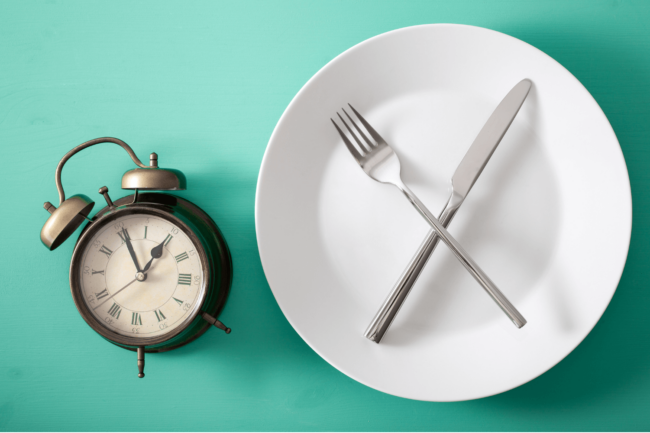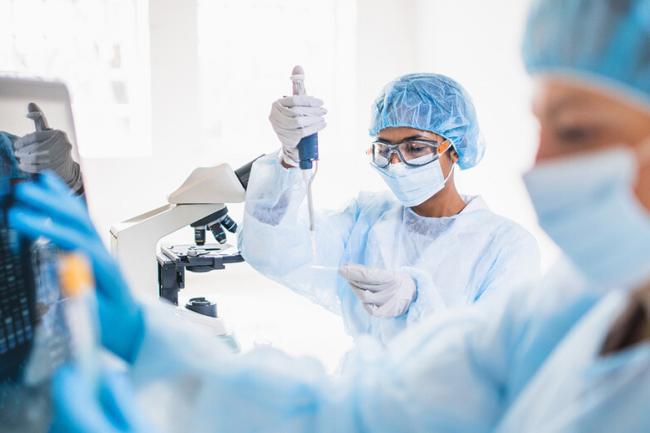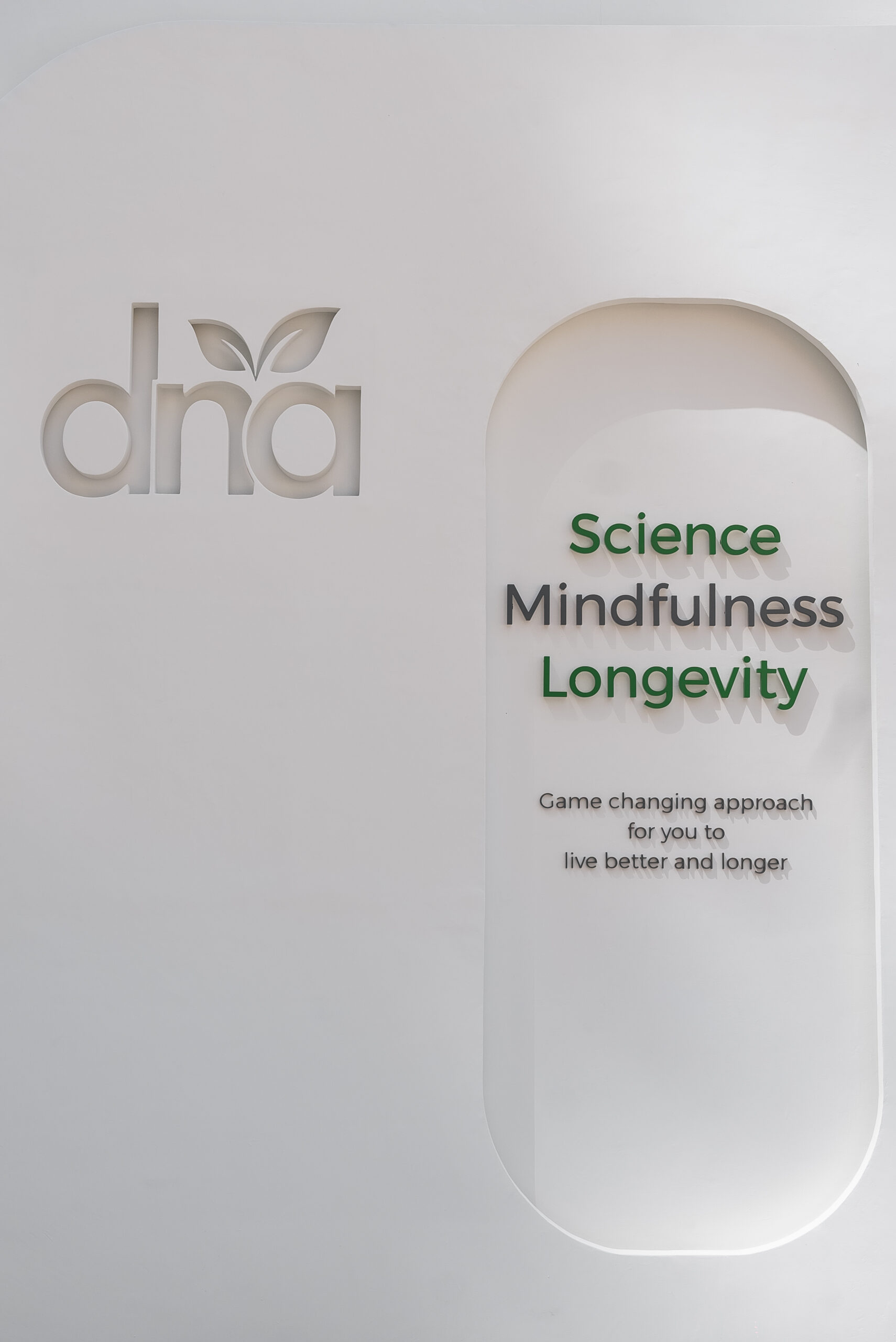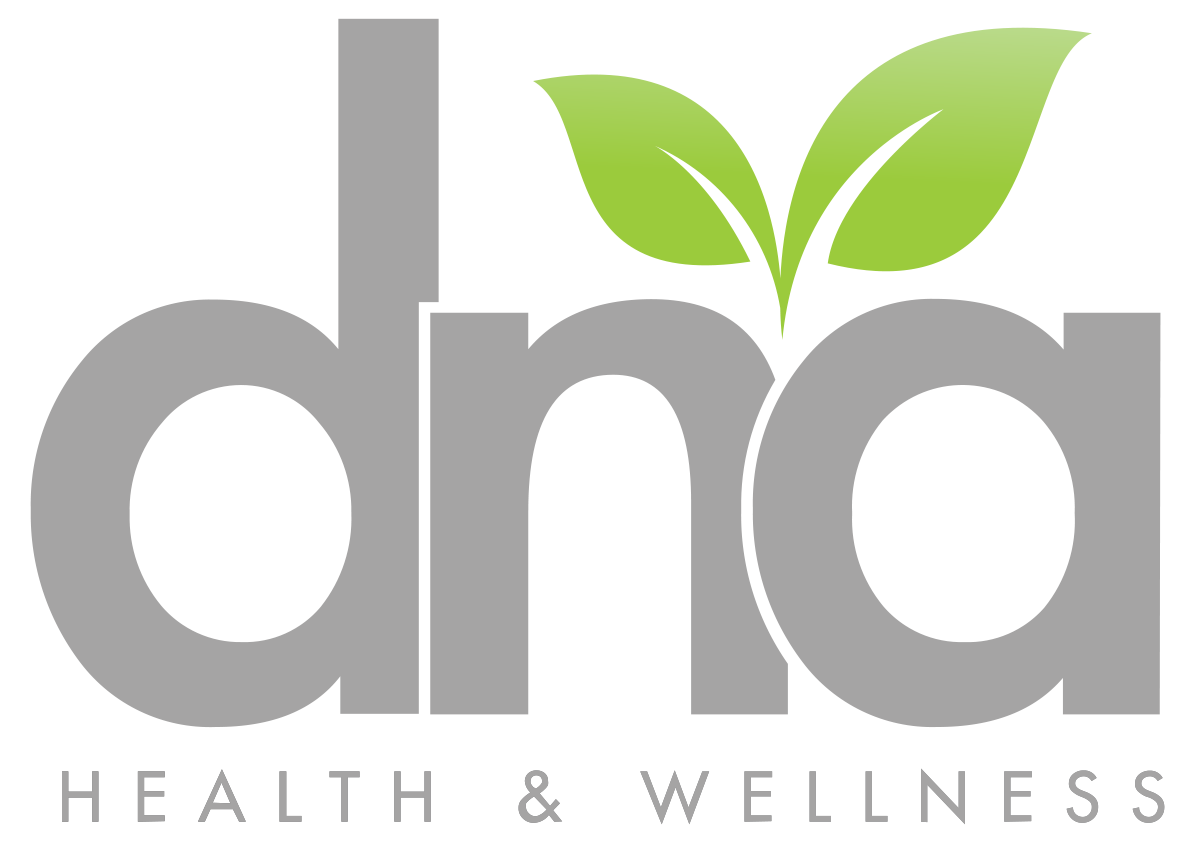DNA Health & Wellness
Longevity Monthly
July issue
Optimising Protein: What type, how much and best timing.

If one reviews dietary approaches over the last half-a-century, you would be hard pressed to find a diet that focuses primarily on protein. We became obsessed with reincarnations of low calories, fasting and fat vs carbs, and neglected arguably our most important building block.
On a personal level with my own patients, the macronutrient I spend most of my time paying attention to is protein.
So are there any benefits with a more protein-centric approach ?
Let’s be clear, through the lens of sarcopenia (age-related decline in muscle mass) and longevity, the goals here are to maximise lean body weight for as long as possible.

Protein quantity
The recommended dietary allowance (RDA) of 0.8g protein-per-kg-body-weight-per-day is now accepted as being far too low for goals of increasing lean mass and minimising the risk of sarcopenia, especially as we age and become resistant to growth. Which is why we align ourselves with the current evidence recommending twice the RDA (2 x 0.8 g = 1.6 grams i.e. for an 80-kg person that would mean 128 grams, which would be a push for most people). Falling below that figure increases the risk that the body will use its own lean mass as a source of amino acids, leading to loss of muscle mass.
However, focusing just on total daily quantity is a slippery slope.
Maximising the benefit of protein also depends on how that protein is distributed over the course of a day, as well as on protein quality.
There is a minimum amount of protein that is capable of maximizing anabolism (muscle growth). The key here is the rise in post-meal circulating levels of leucine, a type of essential amino acid. Studies have estimated that about 25-30 g of protein-per-meal is sufficient to elevate circulating leucine to induce muscle protein synthesis (MPS); so if each meal has a minimum of 25-30 g of protein, this will activate MPS for a large percentage of the day.
The pitfall here is that despite the temptation to eat small protein snacks, you may not hit the protein threshold to induce MPS, missing out on the anabolic benefits.
Protein quality is another factor which is completely over-looked
Protein quality is characterised by the essential amino acid content and their relative digestibility and absorption.
Plant-based protein sources contain all essential amino acids, but they are often limited, meaning they have a low content of one or two essential amino acids and lower overall percentage of leucine, meaning a higher level of overall protein is needed to get a daily intake of leucine to signal MPS.
Furthermore, plant-based proteins have relatively low bio-availability due to dietary fiber and thus a lower percentage of amino acids are absorbed. The absorption of plant-based proteins can be anywhere between 40-to-70%. In contrast, the amino acid absorption from whey or egg whites is >99%.
So if you choose to exclusively get your protein from plant-based sources, it is crucial to eat a variety of protein-rich foods that are complementary in their amino acid profiles and to increase overall daily protein intake to compensate for decreased bioavailability.

Timing and distribution of protein intake also need to be considered when maximising the benefit of exercise
Evenly distributing your protein over 3-4 meals ensures that your body has enough amino acids for building new muscle tissue. Although many believe it is critical to consume protein immediately after resistance training – during your “anabolic window” – this window is wide enough that as long as your meals are no more than 4-6 hours apart, you should still be able to maximize your ability to build muscle, even if you don’t consume protein right away.
One exception is someone beginning training in the first 4-weeks, post-exercise protein probably makes sense. If someone is well trained, and training the same way for a number of months, then there does not seem to be an effect difference between having protein within 2 hours after exercise versus just having your 3-4 meals per day.
The second exception to this is someone who exercises in a fasted state, such as first thing in the morning, when the muscle is already in a catabolic state. In this case, one should eat a meal with both protein and carbohydrates right after exercising. Exercising in a fasted state elevates both MPS and muscle protein breakdown, but the balance favours muscle protein breakdown unless you increase amino acid availability. The release of insulin from eating some carbohydrates with your protein further inhibits muscle protein breakdown, pushing the balance back in favour of MPS.
Key takeaways
To maximise your muscle-building potential and minimise the inevitable risk of sarcopenia, focusing only on total protein intake is a one-dimension approach to a multi-dimensional problem. A more optimised strategy would be to think about the source of protein, minimum protein threshold per meal, and finally the meal distribution.













